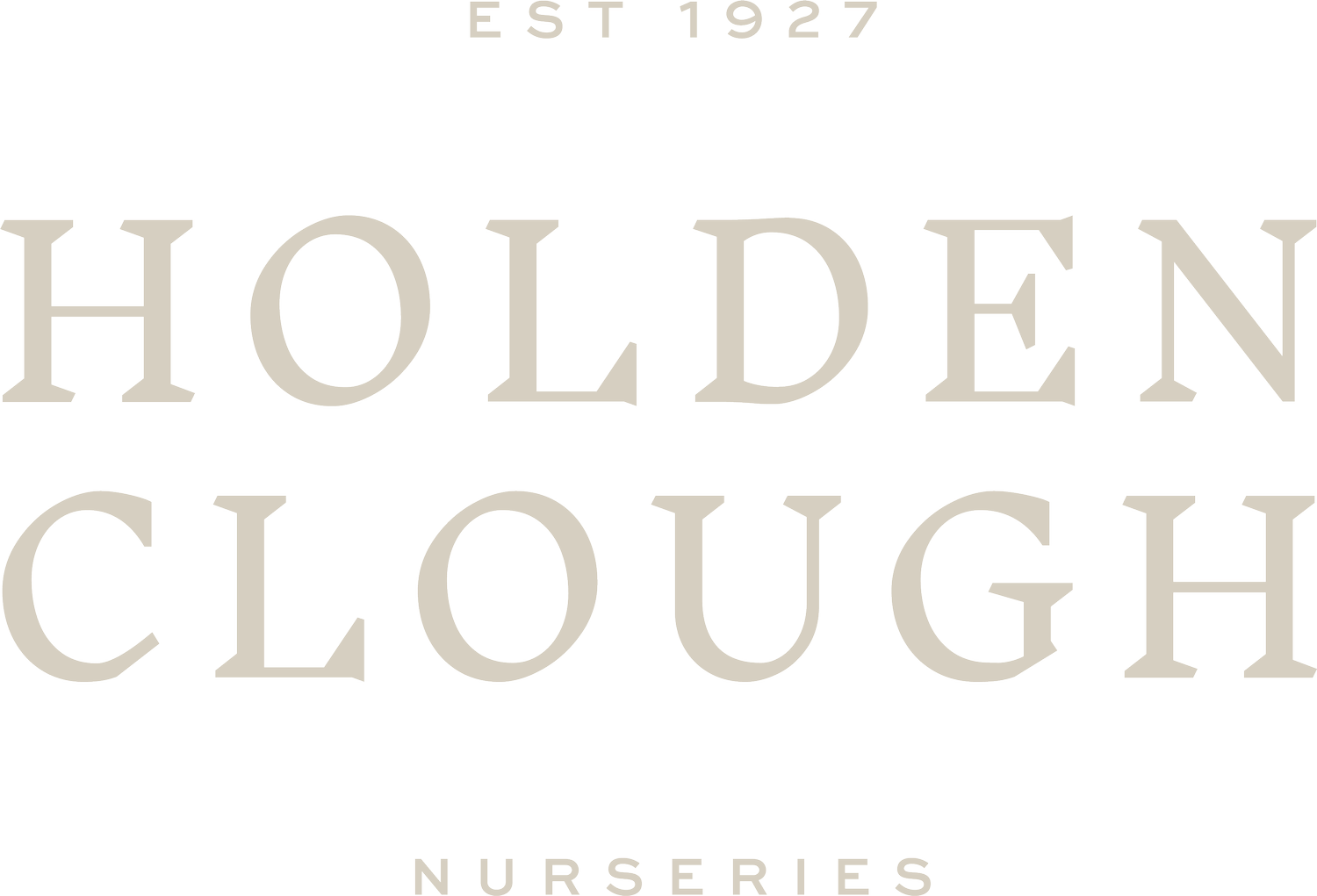Wildlife & Our Gardens
In the garden, plants and wildlife really do go hand in hand. It can be somewhat of an uphill battle without help from birds, hedgehogs, and frogs (to name but a few). Encouraging them to settle in your garden is the key. Often, we try and target the insects and creepy crawlies like greenfly, slugs, and snails with chemicals and deterrents, forgetting to bear the thought of the marvelous natural predators that Mother Earth has gifted us.
Here, I look at ways in which we can welcome and make them feel at home in our outdoor spaces, as we realize how important they are to our garden’s ecosystems.
Incorporating water and ponds is a great starting point. Not only are they a wonderful feature aesthetically, but they’re also magnets for frogs, toads, newts and more. This gives us a magnificent natural soundscape to listen to, especially in the evenings, as well as providing predators for insects, snails, slugs and worms. A small pond is best positioned in the shade, away from the hot, midday or afternoon sun. You can incorporate some lovely marginal plants in and around them to not only make them look great, but to help provide shelter for the inhabitants, and keep the water clearer too.
Hedgehogs are becoming more of a current topic, after they moved from 'Least Concern' to 'Near Threatened' on the IUCN Red List. Integrating ‘hedgehog doors’ into your garden fences can help them enter / exit and find safe spaces to feed, hide and hibernate. You can also build a hedgehog house or simply pop some piles of twigs and leaves in a dark corner. They will naturally feed on slugs and bugs (great for your garden!) and when bugs are more sparce in the winter, you can feed them cat biscuits. Don’t forget to leave them some water out, all year, too! We have a special area for Hedgehogs at the Nursery, with a Hog house, a bug hotel, water and even a mini picnic bench (that part is for fun!). It also has quite a few info signs and hedgehog facts dotted around it.
For the birds, I would recommend adding small trees, evergreen shrubs, and hedges to your gardens. This will provide you with branches and spaces to hang bird feeders and baths, whilst also providing shelter, nesting areas and much needed berries in winter. Not only will your garden become a haven for birdwatching, but they will also help to keep your slugs and snails at bay.
Lastly, we must not forget the flowers! I’m very excited, like many of us, to see the bounty of flowers that are just starting to unfold as the year progresses. To attract the bees and butterflies to our gardens, colour is often the key. Whites, yellows, blues and purple flowers can attract pollinators. Some plants are absolute magnets for them in fact, such as Buddleja (the Butterfly Bush), Lavender and Nepeta, Eupatorium and Agastache to name but a few. What’s more, March is the perfect time to plant your hardy plants too!
Happy Gardening, and nearly Spring!




